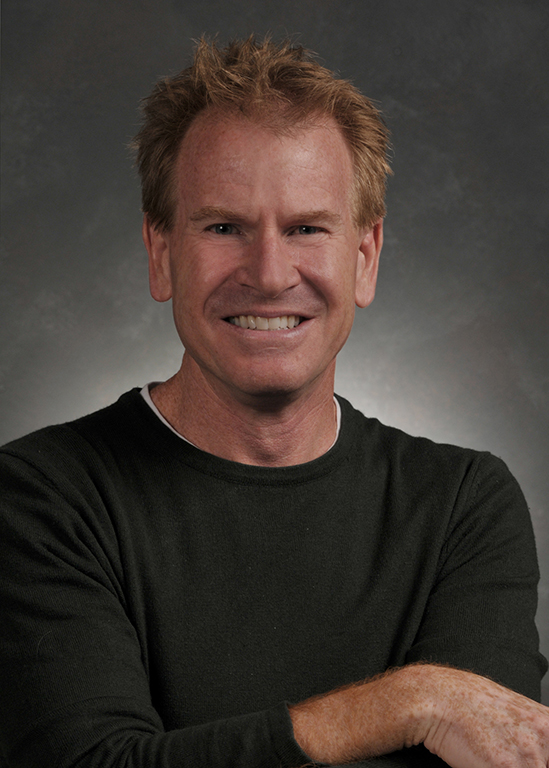New Twists and Many Turns
The Society of Cable Telecommunications Engineers’ 35-year history has straddled analog and digital, microwave and satellite, bell-bottoms and khakis.
The Pennsylvania-based society has gone from a loose affiliation of a few engineers to a professional association with more than 13,000 members. It has skirted bankruptcy, added dozens of local chapters, and moved from a warehouse to a modern office building, which it owns. Its signature annual trade show, which started in small hotel meeting rooms, has progressed to full-fledged convention centers.
But veterans of the organization say one constant has unified the much-evolved SCTE since its inception: a feeling of community.
It’s an aspect that often goes unnoticed, according to Bob Foote, a member of the SCTE’s board of directors: “It brings a sense of belonging. The SCTE is the constant, the home for our members.”
Foote, a regional vice president with Arris Corp.’s TeleWire Supply unit, says the role of the SCTE is more important today than ever before as the cable industry undergoes intense consolidation, which has affected the pool of executives and professionals that makes up the organization’s membership.
But providing a sort of center point for cable’s engineering community has always been part of the SCTE’s mission, tracing back to its 1969 formation at the National Cable Television Association’s convention in San Francisco.
The society’s emergence as a prominent industry association is a testament to perseverance. In 1984, when former NCTA director of engineering William Riker became SCTE executive vice president, the organization was in perilous financial condition. The SCTE had just 2,700 members, was operating from office space in a warehouse contributed by the late Thomas Polis, a cable construction contractor who was then the SCTE’s president, and was in danger of going bankrupt. “I figured there was no where to go but up,” Riker says.
The smarter way to stay on top of the multichannel video marketplace. Sign up below.
Riker worked to broaden the SCTE’s role — and greatly expanded its membership — by introducing a core group of resources the organization continues to advance today. Chief among them was the idea of the SCTE operating as a certification agent — a role that had been suggested, but never implemented. By developing a set of training and professional development standards, Riker figured the SCTE could serve the cause of an industry that was demanding more skills from its engineering community as technology advanced.
In 1985, the SCTE introduced its first professional certification, creating the designation of Broadband Communications Technician/Engineer.
For the first time, the industry had a foundation on which to identify knowledge and skills among a growing population of engineers. “BCTE-certified” became a near-requisite label for engineers who aspired to advance in the profession — or to be considered for the new jobs emerging in the industry.
The BCTE certification was the first in what is now a broad family of SCTE certifications that help industry participants evaluate the talent and skills of prospective employees. “It provides an industry-wide certification standard or process that is level across the companies,” says Armstrong Communications Inc. operations engineer Roger Hughes.
Today, SCTE courses are routinely administered online, and SCTE’s regional chapters across the U.S. serve as area resources for certification-seekers.
Certifying cable’s engineering ranks was just one way the organization grew from a small engineering society into a prominent cable industry force.
Riker’s financial strategy was to put the SCTE on sound footing by developing programs that would attract dues-paying members — rather than merely seeking contributions from vendors.
Riker greatly expanded the role and appeal of the Expo, lifting the annual gathering from a sleepy trade show held in hotel conference rooms to a large national forum for the display of technology and the exchange of ideas. Under Riker’s tenure, the Cable-Tec Expo went from 600 attendees in 1985 to more than 10,000 in 1998, when Riker resigned from the SCTE to join the Denver-based Cable Center. (He is currently the director of technology for Freedom Calls Foundation, which uses telephone and video-phone technologies to link members of the U.S. armed forces in Iraq with their families at home.)
In the 1980s, Riker steered the SCTE into a role as a technical-standards organization that evaluated a range of specifications and approaches for cable equipment and technologies. Those that garner SCTE’s blessing get submitted to the American National Standards Institute for approval.
The third key to the SCTE’s growth was nurturing the organization’s regional chapters.
Riker realized many member companies were reluctant to send engineering professionals to SCTE headquarters for a week to undergo training and certification programs. He cultivated a broader pool of regional chapters to give companies a one-day alternative for certification. “You only had to be out of office one day,” says Riker. The idea was that the certification “would be local, and hopefully [engineers] would come back to their companies and be more valuable employees.”
The approach clearly caught on. The number of local chapters has grown from two in 1984 to 72 today.
Media, Math and Myth blogger Stewart Schley writes about media, telecommunications and the business of sports from Denver. He is currently writing a book about the transformation of the U.S. cable television industry.

